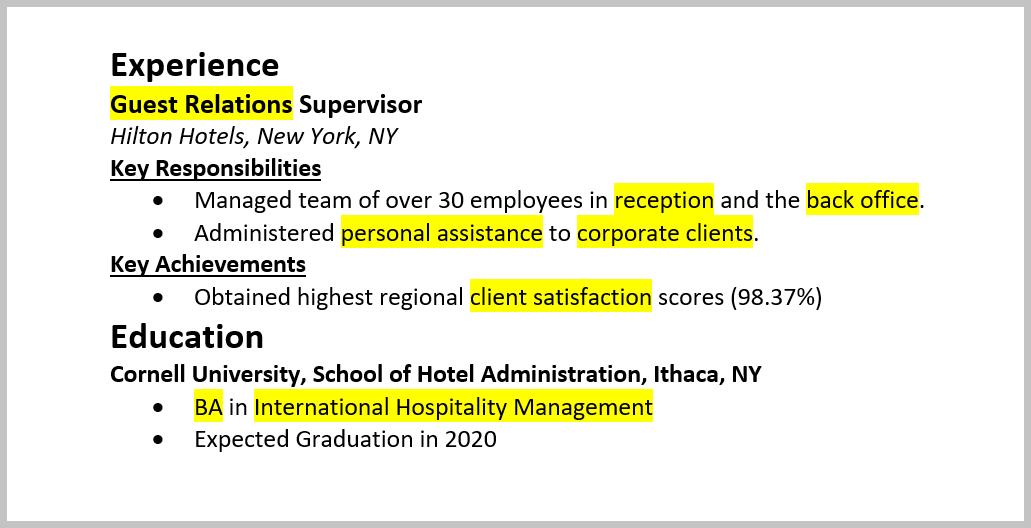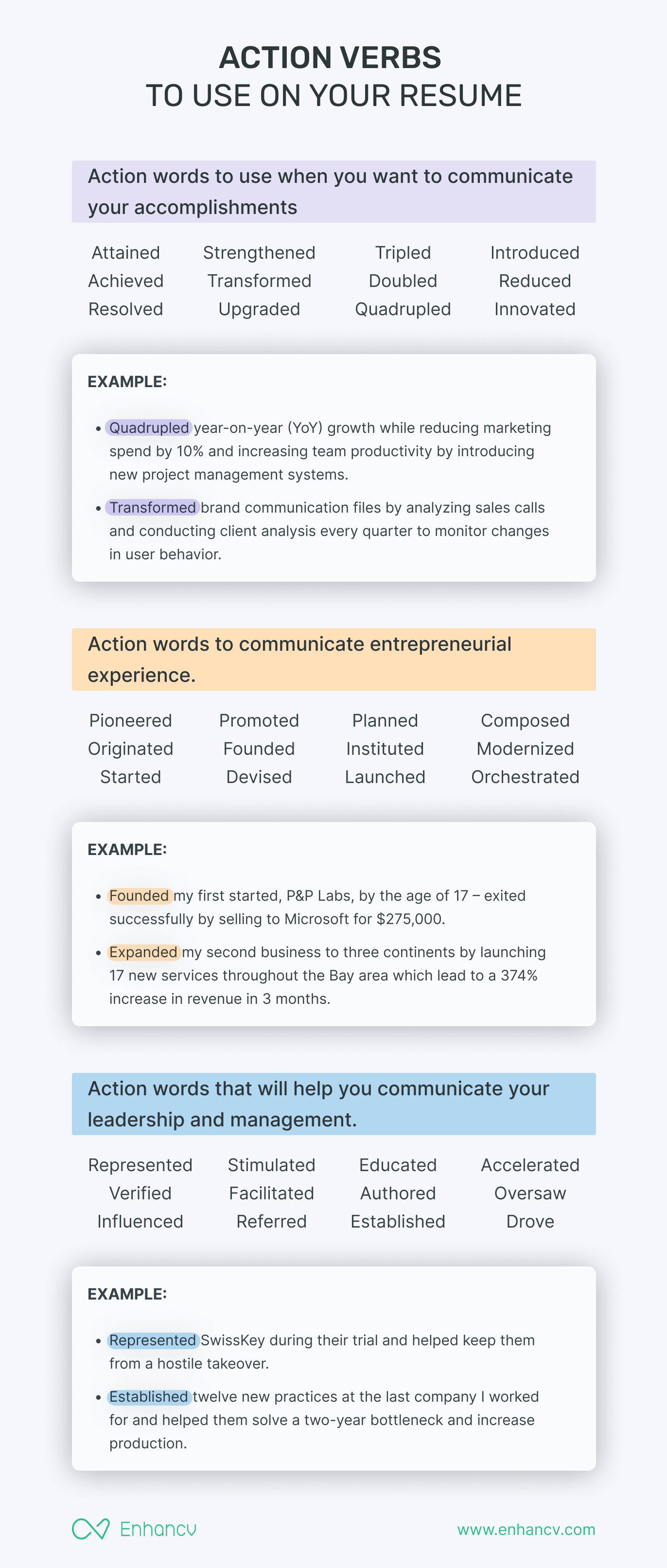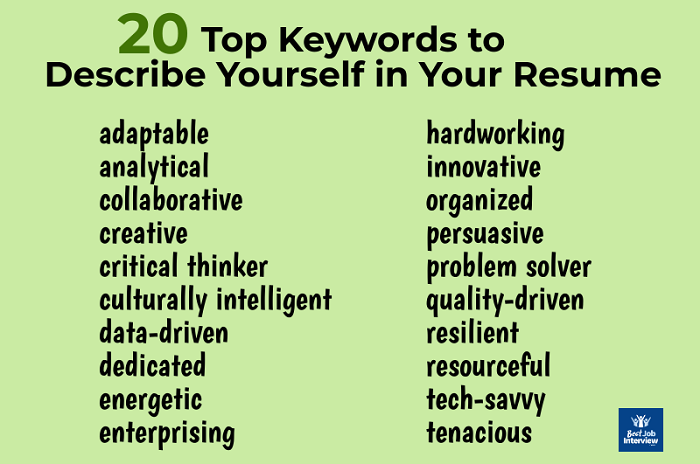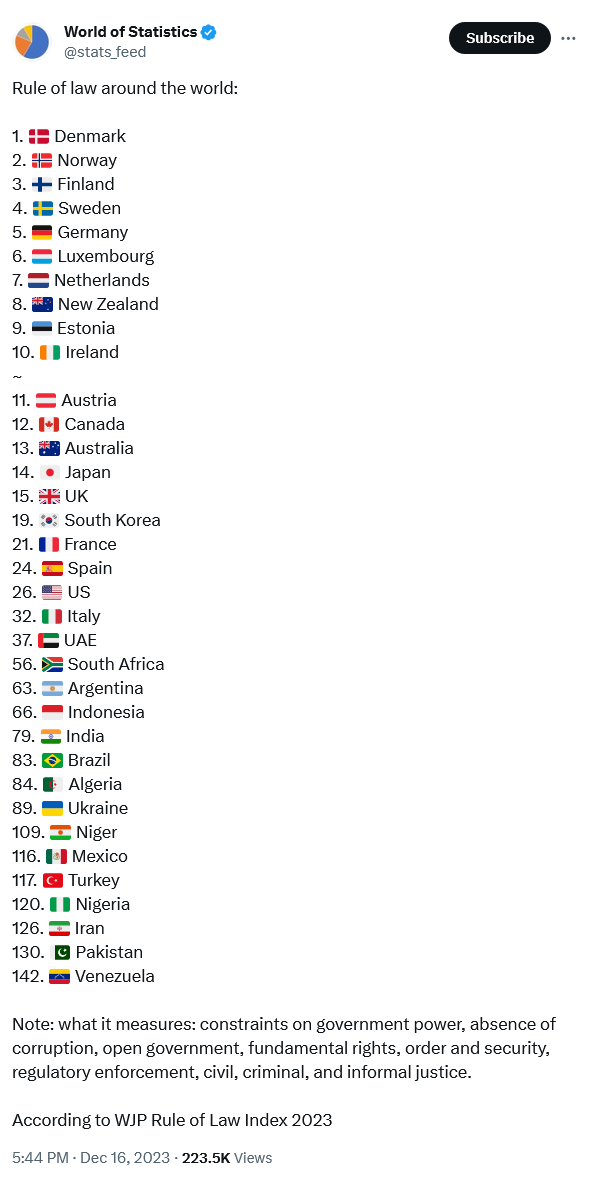Your resume serves as the gateway to your next career opportunity and professional growth. Ensuring that your resume not only impresses hiring managers but also successfully navigates through application filtering software, such as ATS (Applicant Tracking System), is crucial.
In today's job market, an astonishing 75 percent of employers and 98.8 percent of Fortune
500 companies employ ATS and/or RMS (Recruiting Management System) to
streamline their hiring processes [1,2]. These systems meticulously track job
applicants at every stage, manage candidate pools, and employ keyword-based
filters.
Regrettably,
while these systems simplify the recruitment process for employers, they often
pose challenges for job seekers. A study conducted by Harvard Business School
in 2021 revealed that 88 percent of employers believed that their automated
applicant systems unfairly excluded highly skilled candidates who didn't
precisely match the job description. Even more staggering, 94 percent of
employers said the same system filtered out middle-skilled candidates for
similar reasons [2].
Understanding how to incorporate the right resume keywords is essential for
increasing your chances of gaining visibility to potential employers. In this
article, you will learn how ATS and RMS analyze resumes and gain valuable
insights into identifying the keywords that can significantly enhance your job
prospects.
Demystifying ATS Resume Keywords
To effectively utilize keywords on your
resume, it is vital to comprehend the mechanisms through which these systems
assess your application.
Deciphering ATS and RMS
An ATS is a productivity tool used by
hiring managers to monitor job applications across diverse platforms throughout
the hiring process.
It is common for an ATS to be complemented
by an RMS, which enables recruiters to handle various hiring activities, such
as creating talent pools and scheduling interviews [2]. In essence, these
systems alleviate the burden of managing and sifting through extensive
candidate pools through automation.
How ATS Operates
An ATS/RMS sifts through applicants based
on specified criteria, which often include specific credentials or keywords. To
obtain this information, the system converts your resume into plain text and
scans it for the mentioned criteria. Subsequently, it compares your resume to
others and ranks it according to the search query [3]. This process results in
some resumes being highlighted, while others remain concealed.
Unfortunately, the precise criteria that a
hiring manager uses to filter resumes may vary. While some may prioritize
specific skills like project management, others might focus on particular
credentials such as a bachelor's degree. ATS resume keywords are your key to
cracking this code.
Significance of ATS Resume Keywords
Incorporating ATS keywords into your resume
is crucial because these systems employ them to assess and rank your job
application.
Remember that the ATS/RMS simplifies your resume into plain text to identify keywords
aligning with its search criteria. Consequently, the system reduces your resume
to a collection of words and places emphasis only on those keywords that
precisely match its criteria.
Common filters that recruiters use to
evaluate applications often include:
·
Education
·
Qualifications
·
Job
titles
·
Technical
skills
·
Preparing
Your Resume for ATS Screening
When an ATS or RMS converts your resume
into plain text, some elements may not transfer correctly, making them less
visible.
To ensure your resume is ATS-friendly,
career experts recommend the following strategies [3]:
·
Utilize a clean and straightforward
resume design and format
·
Avoid the use of graphics or
unconventional fonts
·
Clearly label resume sections with
bold text
Submit your resume as a Word document, as
while some systems can read PDFs, not all can. Word documents
tend to be a more reliable choice.
Mastering the Art of Finding and
Utilizing Resume Keywords
The most effective place to discover
essential keywords for your resume is within the original job posting.
Typically, recruiters rely on the wording in job descriptions to filter
applications.
However, it's crucial to avoid simply
stuffing your resume with keywords. Instead, mirror the language used in the
job description to describe your skills and experiences naturally. Continue
reading to learn how to do this effectively.
Scrutinize a job posting for keywords
Start by examining a job listing that
interests you and identifying the skills and experiences that align with your
own. To keep track of matches, copy and paste the job description into a
separate document and highlight relevant keywords for easy reference.
For instance, consider the following
qualifications from an actual job listing advertising a data analyst position.
The applicant can identify relevant keywords and phrases by bolding skills and
experiences that correspond to their own:
(Note: While this example focuses on the
qualifications section, it's essential to perform this for the entire job
description, as employers may include other key details elsewhere in the
posting.)
Basic Qualifications:
·
3+
years of experience working with databases, writing SQL, Excel, and Salesforce
·
Demonstrated
experience synthesizing data and building reports
·
Experience
in a technology industry or comparable fast-paced industry
·
Demonstrated
experience in a commercial team with a focus on clients/partner needs.
Preferred Qualifications:
·
Bachelor's
degree in Finance, Statistics, Economics, Data Analytics, Business, or related
·
Experience
with R, Python notebooks, and Google Sheets is a plus
·
Expertise
in areas such as Technology, Business, and Health is highly advantageous
·
Systems
thinker: can assess how data flows and how to configure it for optimal business
use
Categorize keywords into skills and
experiences
After identifying matching skills and
experiences from the job description, create a list organized into "work
experience" and "skills." The objective is to
construct a list that mirrors the exact phrasing used in the job description,
as the system will likely search for matching terms using the same language.
For example, a data analyst might compile a
chart like this:
Work Experience:
- ·
Experience
working with databases
- ·
Synthesizing
data
- ·
Building
reports
- ·
Experience
in a commercial team with a focus on clients/partner needs
- ·
Bachelor's
degree in business
Skills:
- ·
SQL
- ·
Excel
- ·
Salesforce
- ·
Python
notebooks
- ·
Teamwork
- ·
Systems
thinker
Customize your resume
Once you've organized your work experience
and skills, start tailoring your resume using the keywords you've identified.
During this phase, your goal is to update your resume by incorporating phrasing
that aligns with the job description, emphasizing the skills and experiences
you already possess.
For example, the data analyst applying for
the job mentioned earlier might enhance their resume by highlighting
skills-based keywords in the skills section. Prioritize technical skills, as
these are more likely to be sought and prioritized by ATS/RMS, rather than
abstract people skills such as "teamwork."
To emphasize matching work experience,
incorporate the key phrases you've identified into the "work
experience" section of your resume. Remember, the objective here is not to
misrepresent your experience but to update your resume with language that
resonates with the job description.
Additionally, it's important to include
relevant keywords in your cover letter and resume summary. However, exercise
caution and use keywords and phrases judiciously, avoiding excessive
repetition. Indiscriminate keyword stuffing may discourage some systems from
considering your resume.
For example, the data analyst from our
example might craft the following resume summary to underscore their
suitability for the position in the eyes of ATS/RMS:
"Data analyst with a bachelor's degree
in business and 2+ years of experience working with databases, synthesizing
data, building reports, and managing a commercial team focused on
client/partner needs. Proficient in SQL, Excel, Salesforce, and Python
notebooks."
Pro Tip: Adjust Your Job Title
Occasionally, different companies employ
various titles for similar positions. If you're applying for a role with a
title different from one you've previously held but with similar
responsibilities, consider changing the title on your resume to match the
position you're pursuing. This can enhance your resume's compatibility with the
ATS/RMS.
For instance, if someone is applying for a
"market manager" role but previously held a position called
"community manager" with similar duties, changing the title to
"market manager" may improve the chances of your resume not being
filtered out by the system.
However, avoid inflating your title to one
with responsibilities you didn't hold, as this can be misleading.
Apply and Repeat for Other Job Listings
Once you've fine-tuned your resume and
ensured that it aligns with the specific job posting, you're ready to hit
"submit" and take a step closer to your new opportunity. As you apply
for other positions, continue the process of identifying keywords from job
descriptions and adapting each resume and cover letter accordingly.
While embarking on your job search, consider
pursuing a professional certificate to enhance your job readiness by acquiring
sought-after skills. Coursera offers over 4,000 courses spanning a wide array
of subjects, provided by more than 200 world-class universities and
organizations, including Google, Stanford, and the University of
Michigan."















